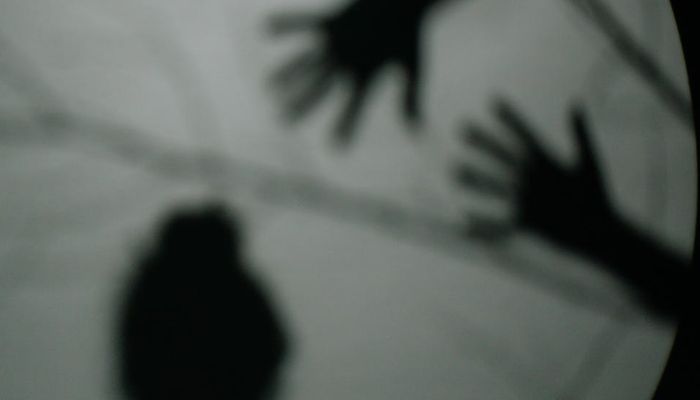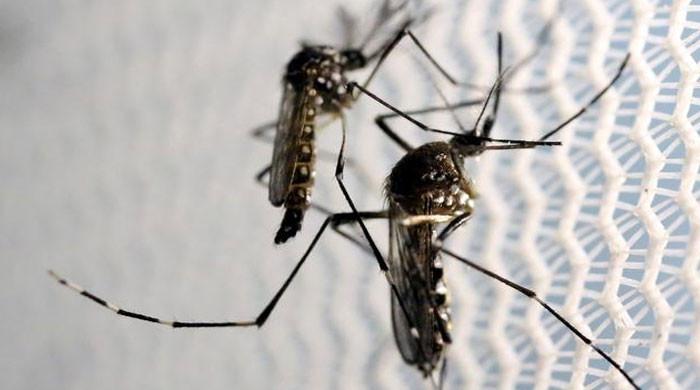Neuroscientists reveal why PTSD patients have recurring nightmares
People with PTSD often experience horrible memories coming back to them night after night
February 10, 2023

Sometimes in the form of nightmares, sleep can bring out feelings that we normally suppress. People with PTSD often experience horrible memories coming back to them night after night which terribly disturbs their sleep and further affects their mental health.
Researchers from Virginia Tech, who published their findings in the journal JNeurosci, now claim to understand why people with post-traumatic stress disorder keep dreaming about these upsetting events.
PTSD keeps the brain in a vicious loop, according to researchers. Brain activity increases during rapid eye movement (REM) sleep, which may cause the brain to behave similarly to when a person is awake. According to Virginia Tech neuroscientist Sujith Vijayan, the brain can actually be more aware during REM sleep than when you are actually awake, which is how it received its label of "paradoxical sleep."
The neurotransmitters norepinephrine and serotonin, which are known to promote wakefulness, often drop in concentration during REM sleep. Through rhythms communicated between the front of the brain and the amygdala, a region linked to emotional expression, Vijayan and the team connected lower levels with the brain's capacity to inhibit fear expression cells. These levels are still increased in PTSD individuals.
Therefore, researchers looked into how levels seen in PTSD patients who were sleeping could impact these fear-related rhythms.
The research models demonstrate that, in contrast to what occurs in healthy individuals, these increased levels allow fearful memories to move freely in the brains of PTSD patients. According to this study, patients may require higher frequency rhythms in order to forget these memories, which suggests a potential treatment target.
The issue is that non-REM sleep, which denotes the stages of transitioning from light to deep sleep, has been the focus of many sleep neuroscience studies. In light of what is known about REM sleep in connection to memory, Vijayan refers to it as the "Wild West."
“REM sleep is a lot harder to get your hands around,” said Vijayan, an assistant professor in the School of Neuroscience, part of the Virginia Tech College of Science, in a university release.
“There are really good models out there for how non-REM sleep might consolidate memories and what role it might play in learning and memory. But when we talk about REM, there are no real, good models on how that stuff is happening.”
To regulate the rhythms during these trials, the scientists decreased the norepinephrine and serotonin levels to reflect usual REM sleep. They discovered that doing this effectively blocked terror memories. More specifically, scientists discovered that inhibiting fear-expressing cells was highly successful when a particular frequency of brain rhythms was used.
Theta rhythms
Theta rhythms of roughly four hertz, the fundamental unit of frequency, were most efficient in enhancing connections between the brain regions required to suppress terror memories.
Theta rhythms aid in synchronising the activity of the brain's learning and memory-related areas. They normally range from four to eight hertz in people. The second experiment mimicked the settings of the first one by simulating REM sleep in PTSD patients. They were surprised to find that they didn't see the same patterns.
“I’m a little surprised that the four hertz didn’t work,” Vijayan added. “I thought maybe it would still be effective, but it really wasn’t at all.”
Scientists may have discovered a useful method for assisting PTSD patients in getting better sleep by focusing only on these rhythms. Even other brain disorders could benefit from the concept.









